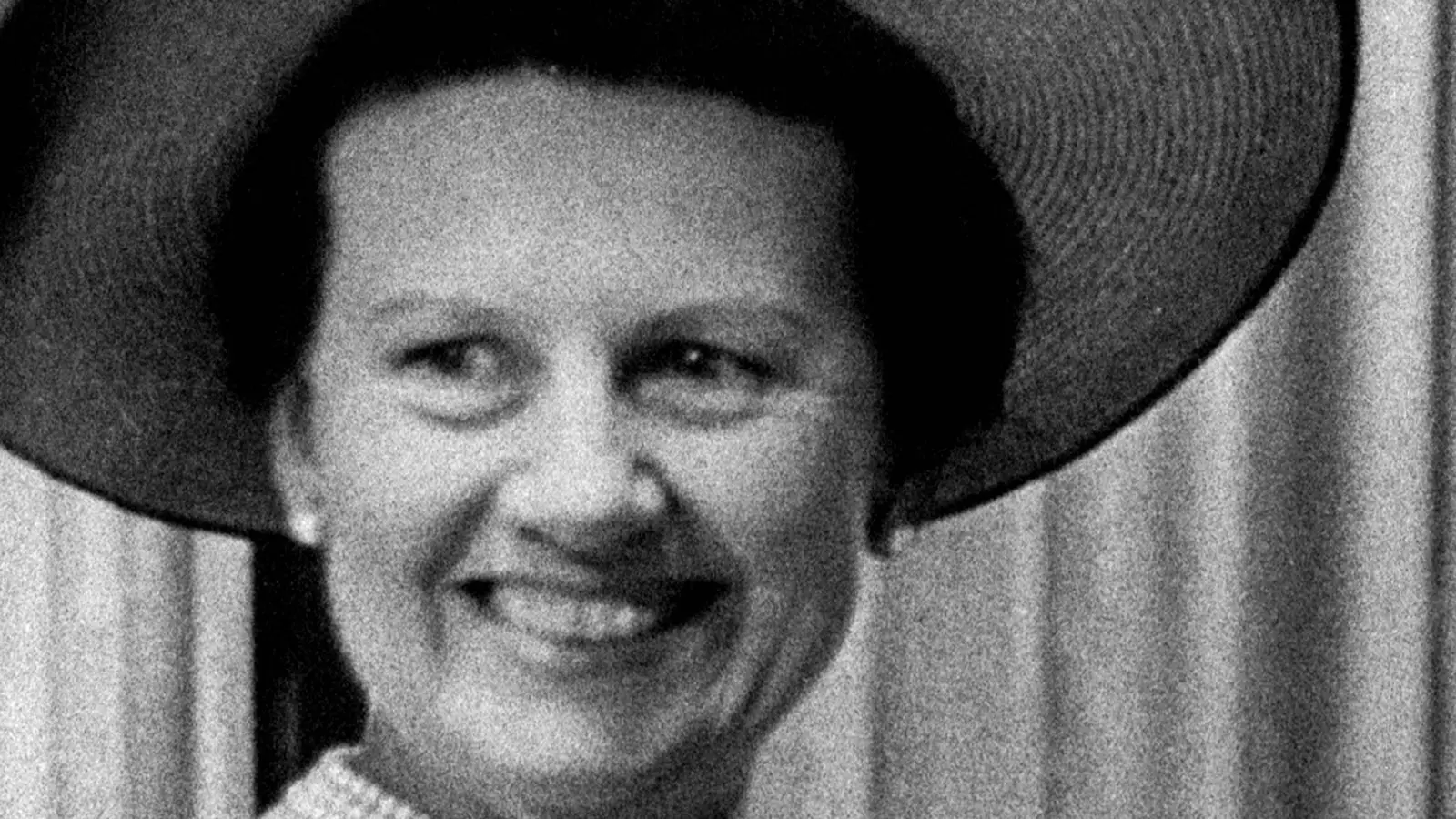The case of Muriel McKay, a victim of a notorious kidnapping and murder that unfolded over half a century ago, resonates with profound complexity and heartache. The family of McKay, who was tragically conceived as the high-profile wife of Rupert Murdoch, confronts not just the emotional fallout of their loss but also the practical implications relating to the market value of the farm where her alleged remains may be interred.
Recent developments have brought to light the daunting reality faced by the McKay family as they navigate the intertwining paths of law, property, and personal grief. Reports highlighted by Sky News indicate that independent appraisals of the property in Stocking Pelham reveal a staggering potential decrease in its market value—up to 50%—due to the persistent ambiguity surrounding the whereabouts of Muriel’s body. This painful uncertainty has hindered the property’s saleability, capturing the attention of not just the family, but also the media, thereby complicating the situation further.
At the heart of this tragedy lies the fierce desire of her family for closure. Her grandson, Mark Dyer, expresses dismay at the initial excavation efforts conducted by the police, which, according to him, fell drastically short of extensive archaeological standards. Dyer’s expectation of a meticulous and thorough search mirrors a broader human yearning for answers—patterns etched into the soil of the past that can only surface if handled with care and respect.
Muriel, abducted in 1969 for a £1 million ransom, lost her life under distressing circumstances, with her remains never found despite the conviction of the Hosein brothers. While Nizamodeen Hosein, one of the convicted murderers, has since been deported to Trinidad after serving time, the echo of his claims—that he can pinpoint the location of Muriel’s burial—offers a glimmer of hope intertwined with uncertainty.
The recent encounter between family members and Hosein, documented by Sky News, presents a crucial moment of interaction. As Hosein utilized maps and photographs to guide them, the complexity deepened. A family member’s urge for a focused search zone reveals not only an emotional plea but also a tactical strategy aimed at cutting through the bureaucratic barricades erected by law enforcement.
The Metropolitan Police’s hesitance to grant access for another dig, in light of prior searches yielding no results, adds a layer of frustration for the McKay family. Their insistence that Hosein should be allowed to assist casts a spotlight on a conundrum faced by many families of victims: how to reconcile law enforcement protocols with a desperate need for answers. The police’s official statement reflects a stance rooted in observed validity and reliability, suggesting a finality that seems discordant with the family’s feelings of ongoing loss and confusion.
While the police maintain that they have thoroughly searched the areas suggested by Hosein, the family is not yet ready to abandon their fight for resolution. Dyer’s assertion that the police did not excavate effectively poses a challenge to the law’s confidence, revealing underlying tensions that permeate the search for truth in a complex intertwining of legal obligations and human affections.
As the McKay family endeavors to establish the true market value of the troubled property, their negotiations extend not just to a potential sale but to a profound reckoning of their family history. With expert valuations pointing to a significantly skewed market perception, the family seeks to leverage this information in discussions with the landowner. There’s a hope that amicable dialogue might lead to cooperation in the form of another search.
The potential for collaboration without police intervention reflects a broader theme of autonomy in the recovery process; the family feels a sense of urgency, a frustrating push-pull of emotions that magnifies their need for answers while also wrestling with the constraints of law.
The ongoing case surrounding Muriel McKay emphasizes not only the tragic impact of her disappearance but also the lengths to which families will go in the pursuit of closure. The interplay of property valuation, law enforcement protocol, and personal grief presents a unique tableau underscoring how unresolved crime scenarios continue to reverberate through the years. While the McKay family seeks truth, they face not just a quest for clarity but also an emotional battle against time, bureaucracy, and the haunting shadows of their past.


Leave a Reply